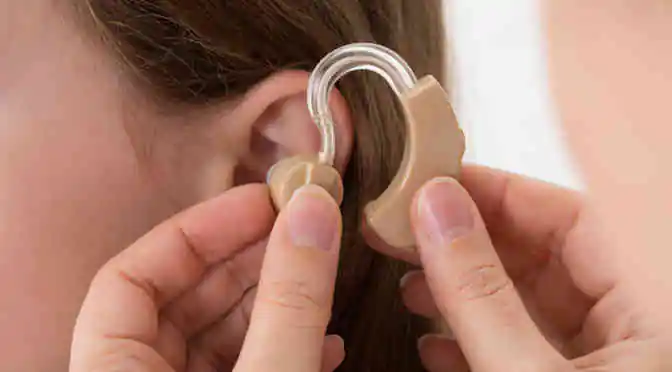While technological innovations translate to convenience and comfort for ordinary people, the revolutionary advances in assistive technology are undeniably life-changing for individuals with disabilities. Assistive technology for the disabled can rightly assist them in speaking, typing, hearing, learning, walking, seeing, and remembering, thereby enabling them to lead more fulfilling lives.
The increasing bane of human disabilities
Over the past few decades, instances of disabilities from non-communicable diseases are incrementing leaps and bounds, and as per the estimation by World Health organization, approximately one billion people are living with some form of disability. This equates to around one in five individuals in America and Europe afflicted per this condition. Subsequently, this increasing number of differently abled people have served to push for the growth of assistive technology industry.
Rapid advancements in the associated technology
From prosthetics, special switches or pointing devices to cochlear or electronic implants, the assistive technology tools have been advancing rapidly to help people overcome their physical limitations. Today, the age of digitalization is poised to break all the limitations in the assistive technology devices, thanks to the emergence of Internet of Things and other novelties that are transforming the way disabled students learn, communicate, and play.
IoT-enabled assistive technology
Before the development of Internet of Things (IoT) technology, most of the disabled people had to rely on the very limiting standard measures or someone else doing things for them. However, today, thanks to IoT technology and the massively connected systems and devices, individuals with disabilities can face almost all challenges of daily life on their own.
With the emergence of IoT technology, the disciplines of rehabilitation, education, and healthcare are challenged to integrate the cutting edge IoT applications into current assistive technology services. The IoT enabled assistive technology devices are proficient in helping any disability, from deaf and mute to visually impaired individuals.
Assistive technology devices integrated with IoT helps the deaf and hearing impaired with groundbreaking hearing aids, which can easily communicate and be coupled with a complete array of connected devices such as smoke detectors, baby alarms and other health and safety-related technologies.
Alternatively, the visually impaired can be benefitted from the unique assistive technology for blind with disruptive innovations such as smart shoes that vibrates in distinct places to pave the way out for the blind, thus delivering more control and improved quality of life. With IoT leading the blind, the latter can finally perceive their surroundings better and respond back accordingly.
Need more information on this fast-growing industry? The experts at Technavio have examined this space and drawn massively positive conclusions. Sample the associated market research report for FREE via the links provided herein.



